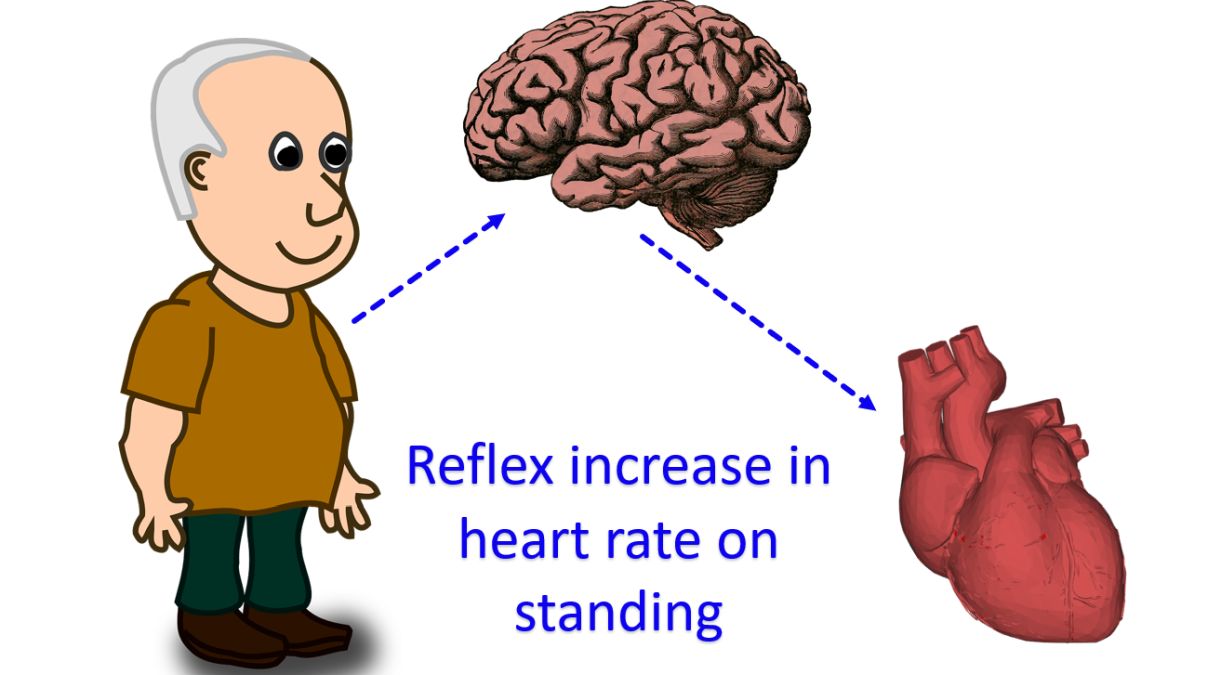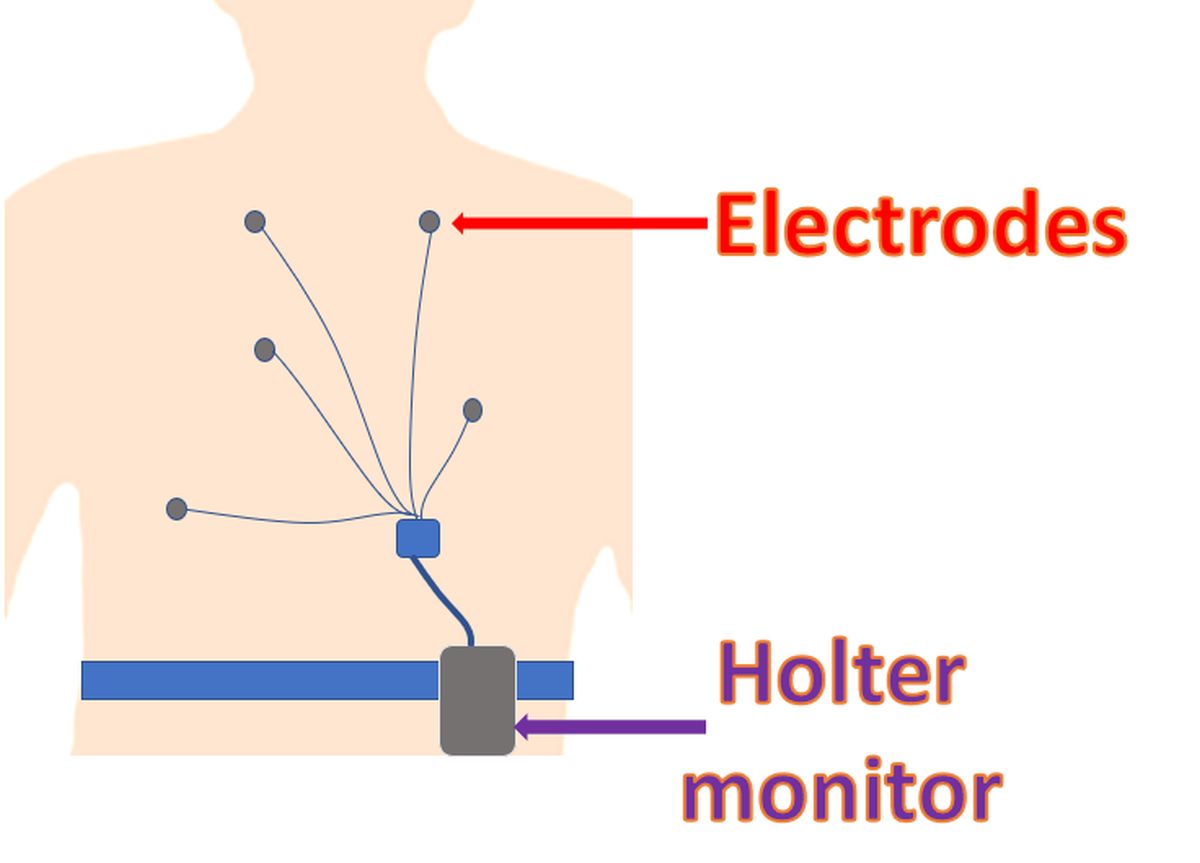What is POTS?
What is POTS?
POTS is short form for postural orthostatic tachycardia syndrome. In this condition, heart rate increases by 30 beats per minute or more on standing for 5-30 minutes. This is not associated with a fall in blood pressure. Persons with POTS are better off on lying down than while standing. Generally, symptoms should have lasted 6 months or more for you to think of POTS. Other conditions which produce similar symptoms like active bleeding or sudden loss of body fluids should not be there. Person should not be on medications which can increase the heart rate.
The cut-off in children is an increase in 40 beats per minute or more on standing as they tend to have more increase in heart rate on standing than adults. Symptoms of POTS include rapid palpitations (feeling of fast heart beats), light headedness, chest discomfort and breathlessness. There could be mental clouding, headache, nausea, blurred vision, poor sleep, intolerance to exercise and fatigue. Fatigue can occur during activities of daily life like bathing or household work.
POTS occur mostly in females in the age group 13 to 50 years. Light headedness is more during periods and they can have estrogen related gynecologic disease. Estrogen is an important female hormone. A dark red-blue discoloration of legs which is cold to touch may be seen in about half of POTS patients. Some may have episodic flushing as well.
In normal persons, 10-20 beats per minute increase in heart rate can occur on assuming the standing posture. On assuming the standing posture, blood shifts from the upper part of the body to the lower parts, due to the effect of gravity. This causes a transient decrease in the return of blood back to the heart after circulation. Reduced filling of the heart and transient fall in blood pressure triggers a reflex increase in heart rate. This mechanism is more prominent in POTS, leading to significant increase in heart rate on standing.

Mitral valve prolapse (MVP), a bending backward of the valve between the left upper and lower chambers of the heart, is often associated with POTS. But significant leak of the mitral valve which can occur in mitral valve prolapse is not commonly seen.
24 hour ECG monitoring (Holter monitoring) is useful to exclude other heart rhythm disorders in those with episodes of palpitation. Blood and urine tests can be useful in excluding certain diseases like tumours of the adrenal gland which can also produce recurrent palpitation. But those with tumours of adrenal gland are more likely to have symptoms in the lying down posture. Symptoms of POTS may be often mistaken for anxiety disorder and panic attacks.



